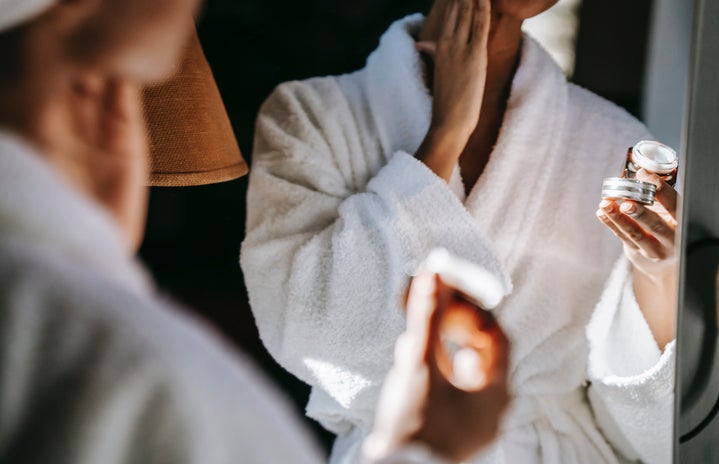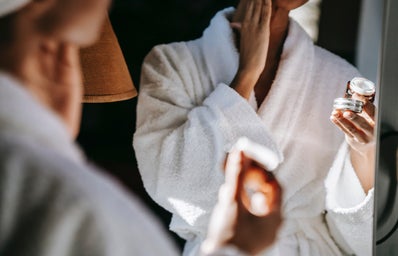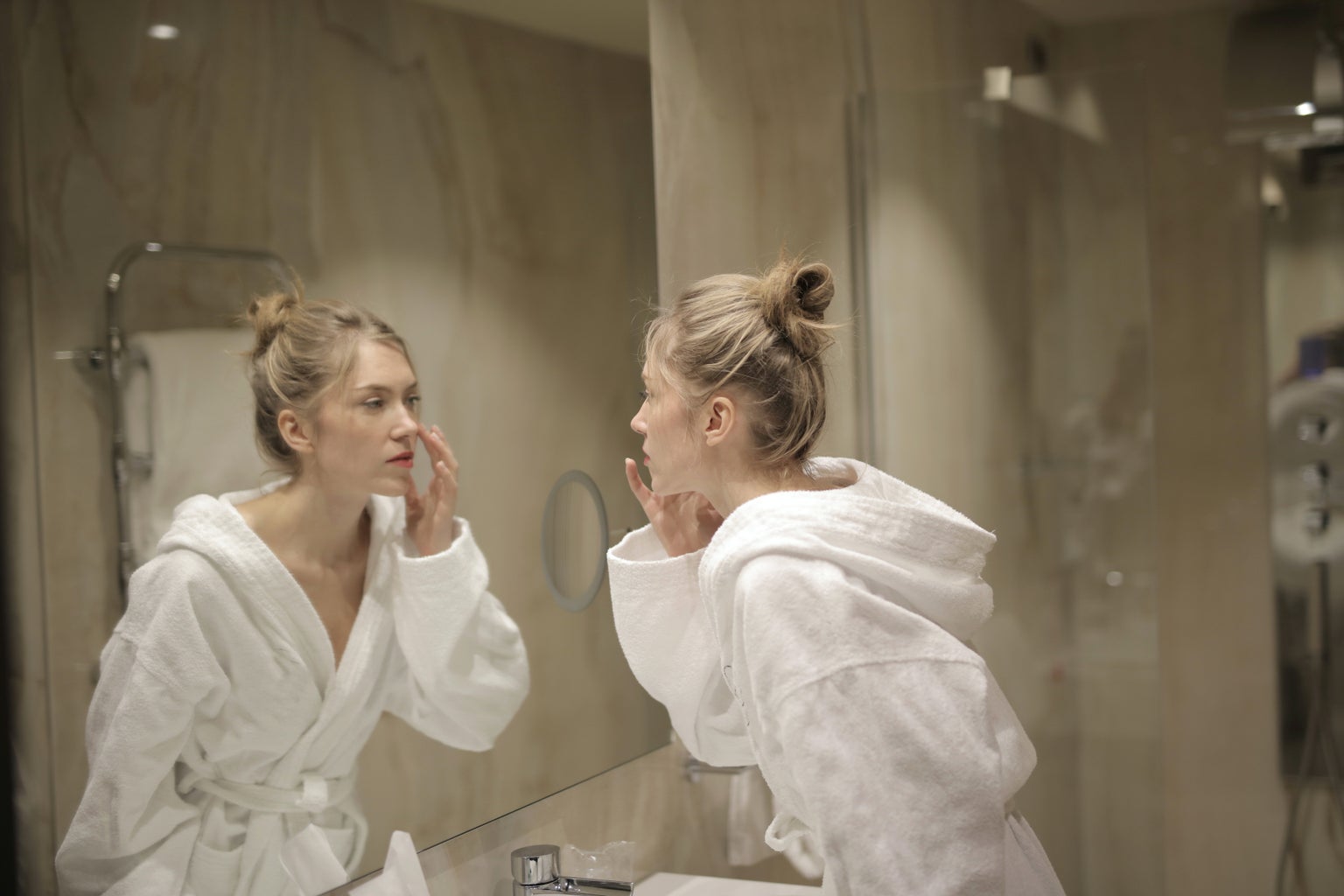The Clean Girl, the Messy Girl, and the Battle of Authenticity
If you’ve been keeping up with the latest trends online, you’ve likely come across two opposing aesthetics that have been dominating the social media landscape: the “Clean Girl” and the “Messy Girl”. But what exactly do these terms mean, and why have they sparked debates about authenticity?
The Allure of Perfection vs. the Appeal of Realness
She wakes up early, starts her morning with a green juice, and then changes into her matching pastel pink workout set before heading straight to her 7am pilates class. Meet the “Clean Girl”. With her glowy skin, perfectly slicked-back hair, and overall polished appearance, she embodies the image of effortless minimalism. For her, wellness and self-care are non-negotiables, and she’s the girl who seemingly has it all together, presenting herself as the epitome of productivity.
While she is sipping her Rose Matcha Latte and checking off tasks on her color-coded planner, the “Messy Girl” is just waking up – hair still tangled from sleep, wearing yesterday’s oversized t-shirt, and reaching for whatever leftover food she can find in the fridge. She does not follow a set routine, and a green juice is nowhere to be found. The Messy Girl is laid-back, carefree, and seems to be more relatable, embracing imperfection as part of her image. As the Clean Girl trend gained popularity over the past few years, the Messy Girl emerged as a response, rebelling against these unattainable standards. This shift reflects the growing desire for relatability and realness in online content. Audiences seem to be more drawn to creators who are transparent about their imperfections, rather than presenting an overly curated lifestyle.
The Problem with Aesthetics
While both aesthetics have a certain appeal, they can each be limiting and excluding in their own ways. Although the Clean Girl aesthetic may appear to be motivating and aspirational, it often sets unrealistic standards, highlighting a lifestyle that is financially and practically out of reach for the average viewer. Conversely, the Messy Girl aesthetic initially looks more relatable, but it can nevertheless end up glamorizing disorganization and promoting unhealthy habits. Moreover, despite its emphasis on authenticity, we should keep in mind that the content still adheres to a chosen aesthetic, turning what can be perceived as genuine expression into yet another performance.
By labeling someone as “Clean” or “Messy”, we reduce their identities to a one dimensional ideal that does not reflect the complexity of their entire personality and life. On social media platforms like TikTok, it is easy to fall into one of these extremes, trying to belong to a certain category. We either see creators advocating for productive morning routines, or others showing off their chaotic lifestyles. In these aesthetics, there is usually no real in-between. The lack of nuance is compounded by the fact that these trends predominantly feature skinny, conventionally attractive, young white women, making the aesthetics feel even more exclusive. Because of this, many audiences have a harder time relating to either of them, leaving a wide range of people unseen and unrepresented.
Is Either Trend Really Authentic?
So, where does this leave us in the battle of authenticity? The truth is, authenticity is not about fitting into a specific box; it’s about being true to yourself in all complexities. The Clean Girl and the Messy Girl are both extremes that oversimplify identity, as if our personalities can be broken down to a single aesthetic. In reality, the average person falls somewhere in between. Yes, you can wear a slick back bun without labeling yourself a Clean Girl. Yes, you can eat your leftover pizza without being a Messy Girl. Rather than trying to choose one aesthetic, and forcing ourselves to fit to a single image, perhaps the answer lies in embracing our multifaceted personalities. Authenticity is not about how well we fit into a trend, but about how honest we are with ourselves and others – whether that looks put-together or not.


